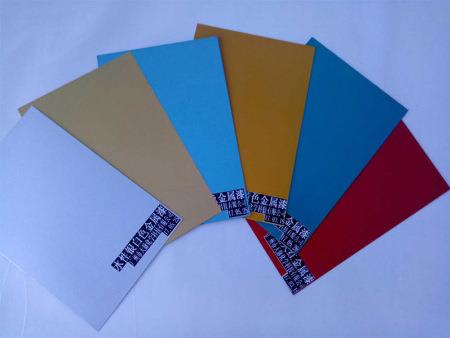The corrosion of the painted metal is highly dependent on the corrosion resistance of the metal material itself. The metal used for painting is steel, aluminum alloy, copper alloy or magnesium alloy. It is undoubtedly different in metal materials, and the anti-corrosion function of metal spray paint is not the same. The difference in the appearance of metal materials is significantly different by the anti-corrosion and anti-corrosion protection of the coating after painting. For example, the steel plate parts treated by sand blasting and the same grade steel plate parts that are naturally rusted are protected by the same type of paint coating. Because of the rusting argon gas, the corrosion rate of natural rusted steel plate parts is higher than that of the blasted steel plate parts. The corrosion protection effect is significantly lower than the latter. Defects in metal appearance such as noisy, microcracking, stress, etc., and the adsorption of atmospheric moisture and reactive ions (Cl-, Br-, etc.) will affect or even accelerate the corrosion of paint-coated metals to varying degrees.
The anti-corrosion and anti-corrosion function of the paint-coated metal can be effectively improved by the pre-treatment and the external treatment process before the metal surface painting and painting. The production practice proves that the corrosion resistance of the painted metal coating has a great influence on the quality of the pre-treatment of the substrate before painting. The metal (especially the casting) is effectively degreased, derusted or sprayed before being painted on the exterior. Sand blasting, etc. can cause purification and activation of the exterior, ensuring excellent adhesion of the coating paint film to the base metal, which is very advantageous for improving the corrosion resistance of the painted metal.
The phosphating treatment of the pre-treatment process of steel material coating processing is widely used as the bottom layer of paint coating, which is unobjectionable for improving the adhesion of the coating layer and improving the anti-corrosion and anti-corrosion function of the coated metal. The phosphating, chemical oxidation and anodizing treatment of aluminum alloy can be used as the bottom layer of the paint coating, which is undoubtedly excellent for improving and improving the corrosion resistance of the coated metal. In summary, the outstanding surface treatment process for metal substrates is an important part and a reliable foundation for improving the corrosion resistance of paint-coated metals.

Related News
- What is the difference between waterborne glass paint and oily glass paint?
- Bubble problem in waterborne metal paint film formation
- Waterborne metal paint construction process
- Do you know the reason why glass lacquer can extend the life of log furniture?
- On the colored road, the old driver takes you on the road! Guangzhou Tianmai supply color wear-resistant pavement coating
- Characteristics and construction process of water-based crack paint
- In the hot summer days, the colored pavement will provide you with “heat and heat”. Guangzhou Tianmai supplies colored wear-resistant pavement paint.
- Waterborne glass paint type and application precautions
- How to apply water-based crack paint? Tianmai Chemical will solve your problems!
- Can epoxy anticorrosive paint be used outdoors?
- Characteristics of waterborne metallic paints and comparison with ordinary paints
- What about the discoloration of epoxy floor coatings?
- Application status, prospects and testing techniques of colored wear-resistant pavement coatings (1)
- What are the advantages and disadvantages of waterborne metal paint?
- How to paint glass on glass surface
- What is a double propylene polyurethane sealant!
- How to test the gloss of water-based glass paint
- Analysis of composition and application of glass paint
- Product characteristics and construction methods of waterborne metal paint
- Waterborne metallic paint properties, uses and methods of use

